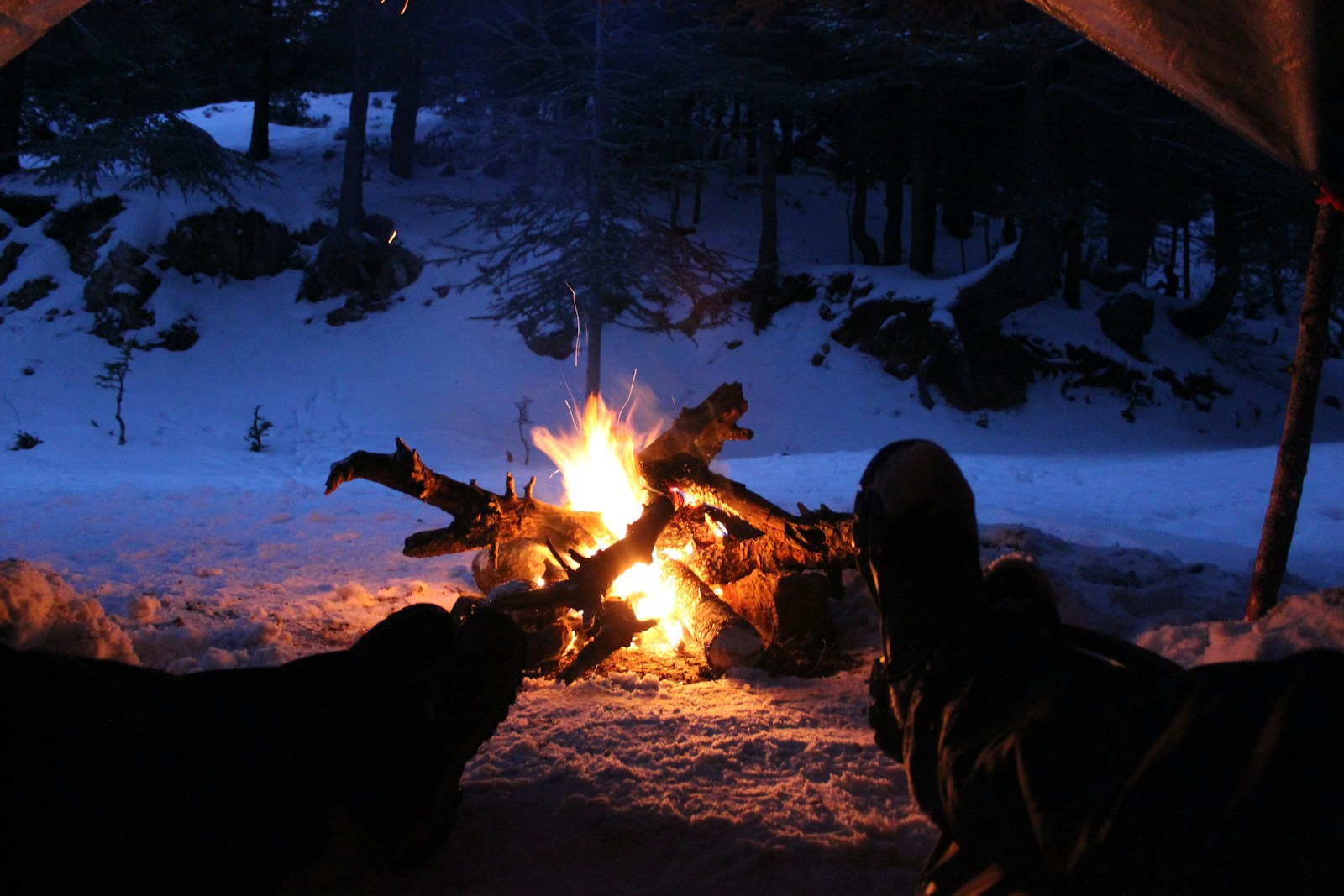Winter camping offers a magical experience – pristine snow-covered landscapes, crisp air, and a peaceful solitude that’s impossible to find during busy summer months. However, staying warm in freezing temperatures presents unique challenges that can turn an adventure into a miserable experience if you’re unprepared. Cold-weather camping requires specific strategies and gear to maintain your body heat while enjoying the serene beauty of winter parks. This comprehensive guide explores proven methods to stay comfortable and safe while embracing the wonder of winter camping.
Understanding Cold Weather Physiology
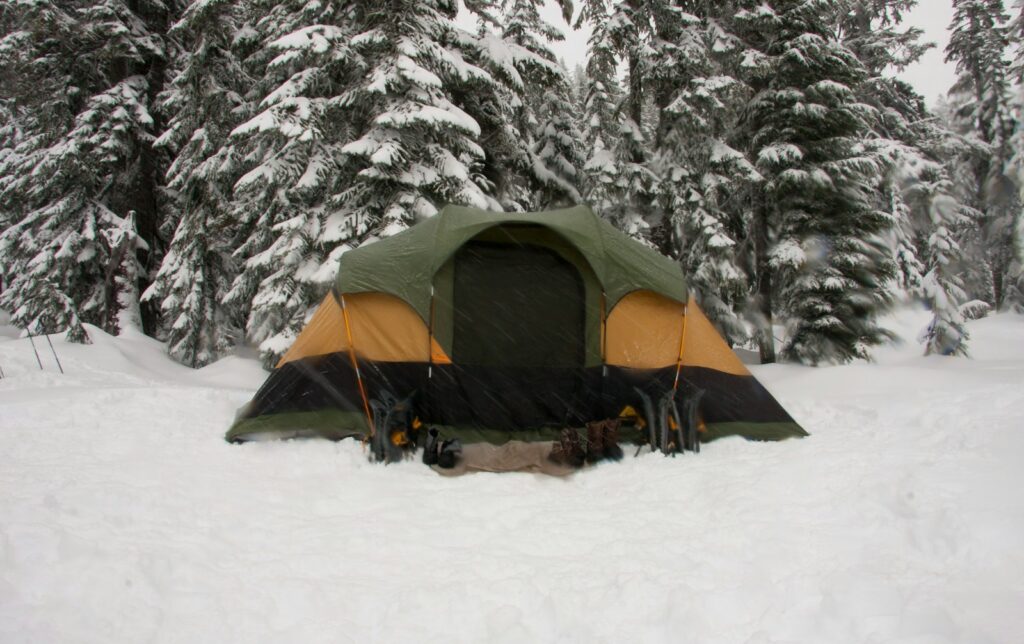
When camping in winter conditions, it’s crucial to understand how your body responds to cold. Your body constantly works to maintain its core temperature of approximately 98.6°F (37°C), and when exposed to cold, it prioritizes keeping vital organs warm by reducing blood flow to extremities. This physiological response explains why fingers, toes, ears, and nose are typically the first to feel cold. Heat loss occurs through five primary mechanisms: radiation (heat emitting from your body), conduction (direct contact with cold surfaces), convection (air movement carrying away heat), evaporation (moisture turning to vapor), and respiration (breathing out warm air). By understanding these principles, you can strategically address each type of heat loss with appropriate clothing and gear choices, maximizing your body’s natural heating system and minimizing unnecessary energy expenditure that depletes valuable calories needed for warmth.
Selecting the Right Winter Camping Location
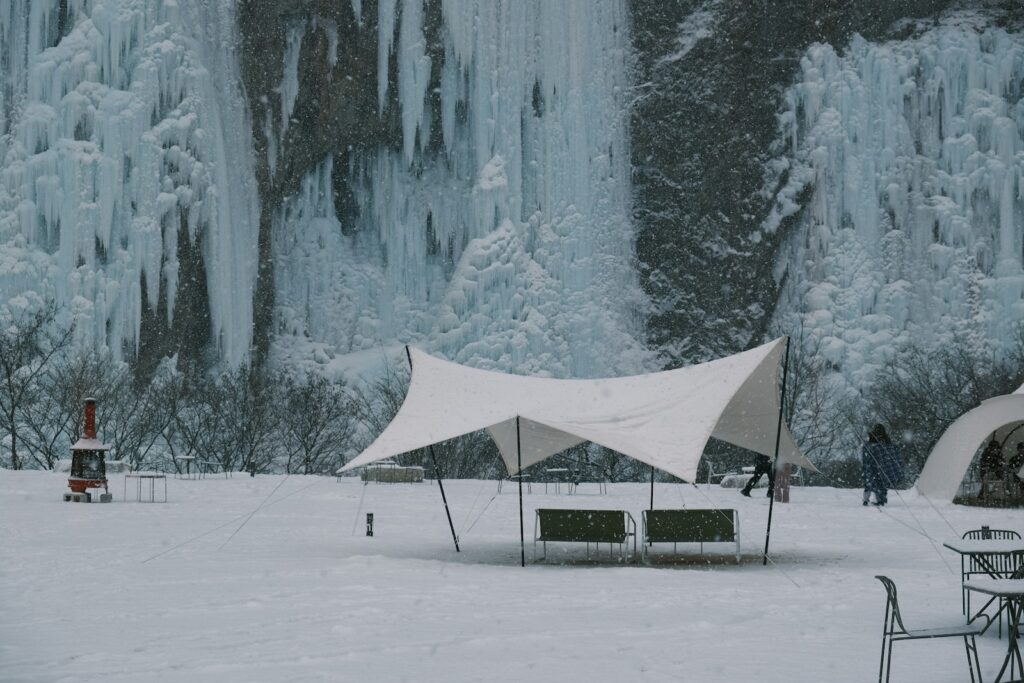
Choosing an appropriate campsite significantly impacts your ability to stay warm in winter conditions. Look for locations that offer natural windbreaks such as rock formations, dense evergreen stands, or terrain features that shield your tent from prevailing winds. South-facing slopes receive more direct sunlight during winter days, providing natural warming during daylight hours. Avoid setting up camp in valleys or depressions where cold air settles at night, creating “cold sinks” that can be significantly colder than surrounding areas. Additionally, consider proximity to water sources that won’t freeze completely, as melting snow for water requires substantial fuel and energy. Many national and state parks designate specific winter camping areas that have been selected for their suitability in cold conditions, often offering additional amenities like emergency shelters or maintained trails, making them ideal choices for those new to winter camping experiences.
Essential Winter Tent Setup Techniques
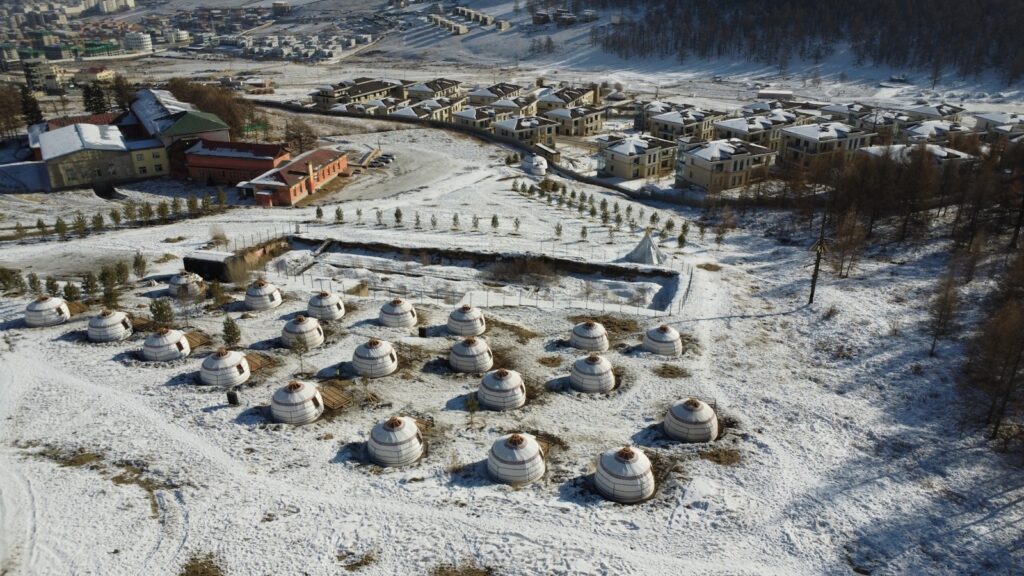
Your tent serves as your primary shelter against winter elements, making proper setup critical for maintaining warmth. Before departure, practice setting up your tent wearing gloves, as fumbling with cold fingers in actual winter conditions can lead to frustration and potential frostbite. Upon arrival at your campsite, pack down the snow where you’ll place your tent to create a solid foundation that won’t shift as body heat melts the snow beneath. Orient your tent entrance away from prevailing winds to minimize cold air infiltration. For added insulation, construct a snow wall around your tent using packed snow blocks, which can dramatically reduce heat loss by blocking wind and creating a protective barrier. Inside the tent, use a closed-cell foam pad beneath your sleeping pad to prevent ground cold from seeping through, effectively doubling your insulation from the frozen earth below. These strategic setup techniques can raise the interior temperature of your tent by several crucial degrees without requiring additional heating sources.
Layering Strategies for Winter Warmth
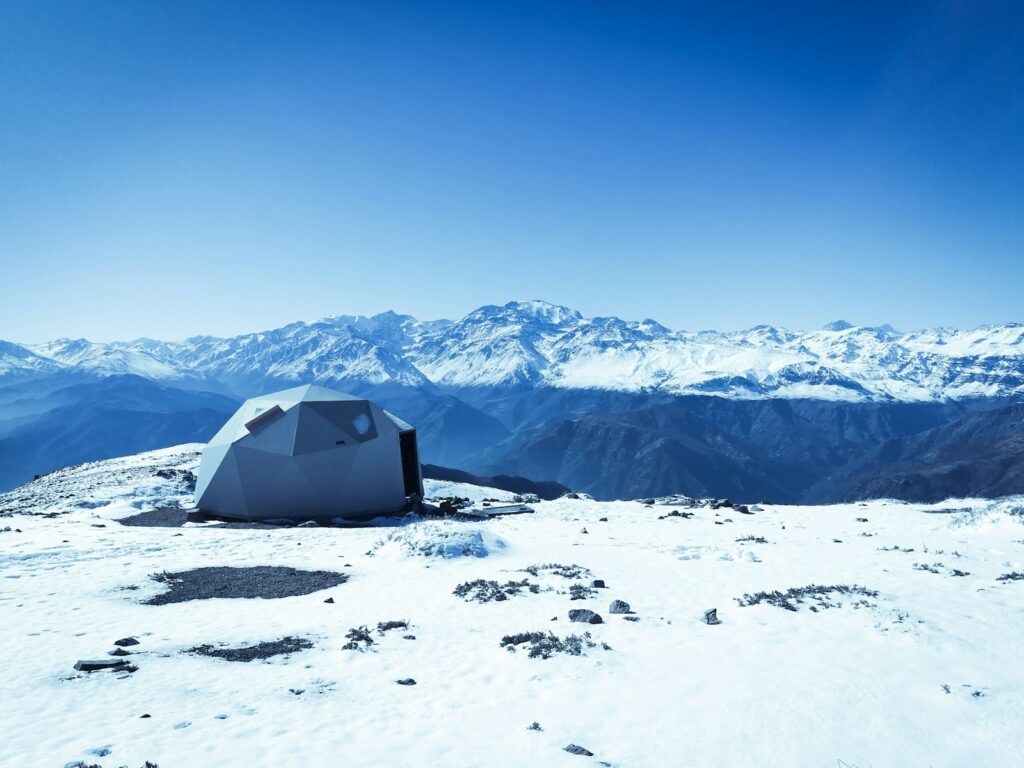
Effective layering forms the cornerstone of winter warmth management, functioning as a dynamic system you can adjust as activity levels and conditions change. The base layer, in direct contact with your skin, should be made of moisture-wicking materials like merino wool or synthetic fabrics that transport sweat away from your body, as damp clothing rapidly conducts heat away from your skin. Mid layers provide insulation by trapping warm air close to your body, with materials like fleece, down, or synthetic fills offering varying benefits depending on conditions. The outer layer, often called the shell, protects against wind, snow, and rain while allowing moisture from sweat to escape; look for breathable waterproof materials with sealed seams and adjustable features. The often-overlooked extremity layers—quality socks, gloves, and hats—deserve special attention as these areas experience significant heat loss. Rather than wearing one extremely thick layer, multiple thinner layers provide better insulation, more versatility, and the crucial ability to ventilate and prevent overheating and subsequent chilling when active.
Specialized Winter Sleeping Systems
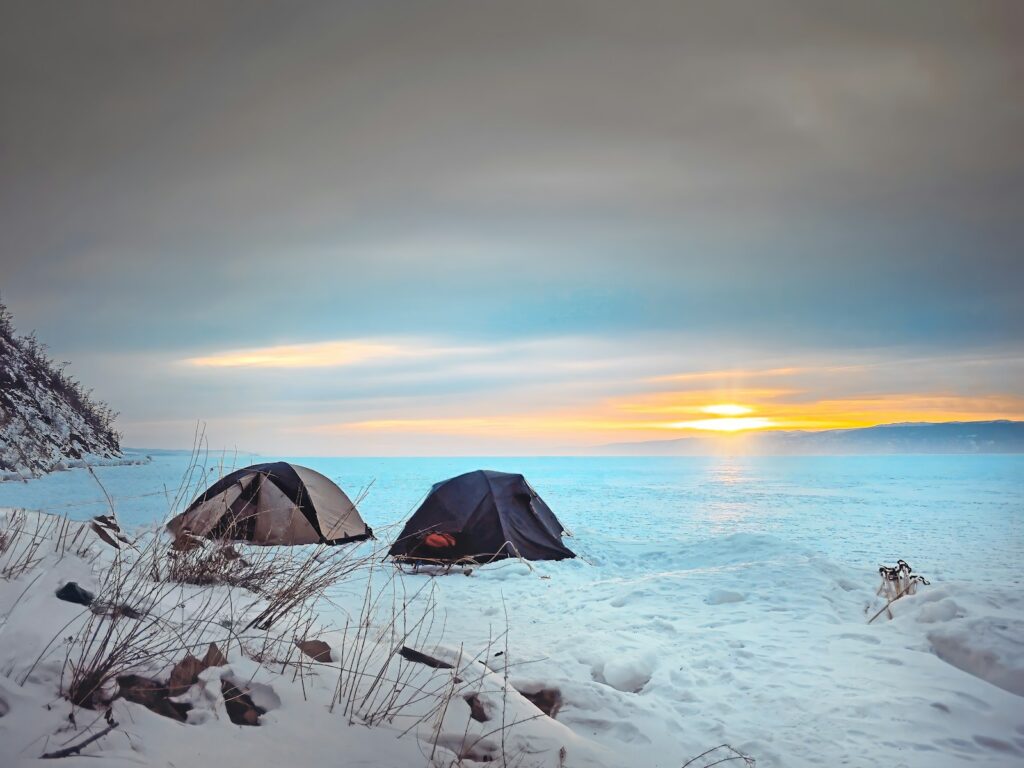
Your sleeping system requires significant upgrades for winter camping, starting with a properly rated sleeping bag. Winter sleeping bags typically feature temperature ratings of 0°F (-18°C) or lower, with draft collars, insulated hoods, and draft tubes along zippers to prevent heat escape. Consider the insulation type carefully—down offers superior warmth-to-weight ratio but loses insulating properties when wet, while synthetic fills maintain some insulation even when damp, making them potentially more reliable in humid winter conditions. Sleeping bag liners can add 5-25°F of additional warmth while keeping your bag cleaner. Beneath your sleeping bag, use a closed-cell foam pad combined with an inflatable sleeping pad to achieve an R-value (insulation rating) of at least 5 for winter conditions. Many experienced winter campers employ a “hot water bottle” technique, filling a durable water bottle with hot water and placing it in the sleeping bag before bedtime, providing several hours of radiant heat through the night. Remember that a sleeping bag doesn’t generate heat—it only traps the warmth your body produces, so entering your bag already warm dramatically improves overnight comfort.
Nutritional Strategies for Cold Weather
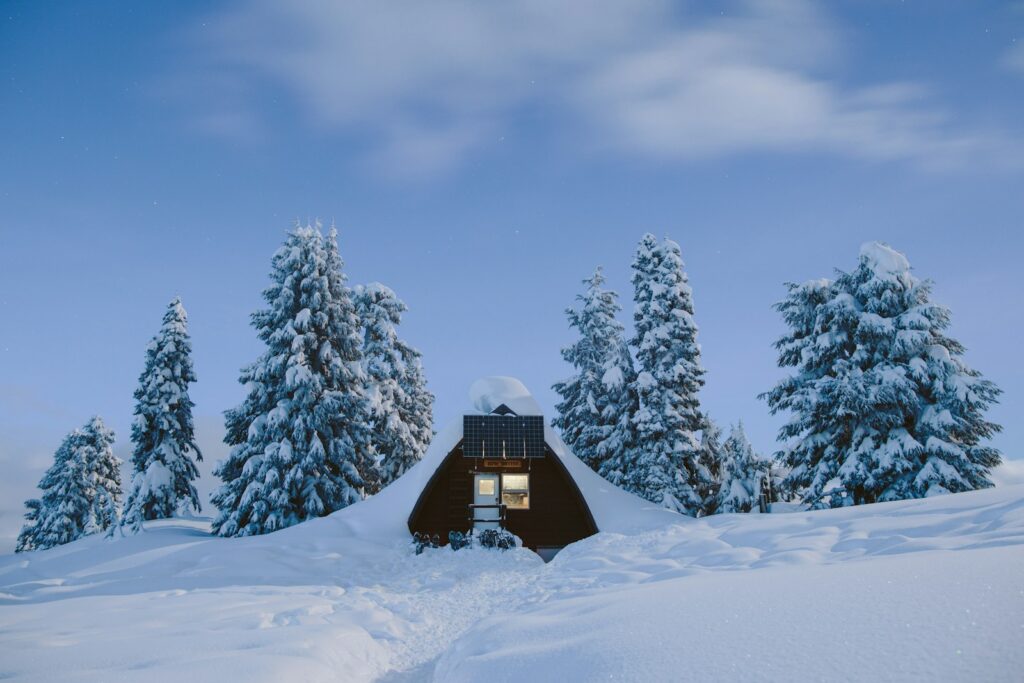
Your body requires significantly more calories in cold weather as it works harder to maintain core temperature, making nutrition a critical component of staying warm. Increase your daily caloric intake by 25-50% above normal levels, focusing on calorie-dense foods that provide sustained energy. Complex carbohydrates offer long-lasting fuel, while healthy fats provide the most calories per ounce—making nuts, cheese, and nut butters excellent winter camping staples. Protein becomes especially important for overnight warmth, as its thermogenic effect helps generate body heat during digestion. Consider eating a protein-rich snack shortly before bed to provide warming digestion through the coldest hours. Hydration, though often overlooked in winter, remains crucial as dehydration reduces your body’s ability to regulate temperature. Carry insulated water bottles or use bottle cozies to prevent freezing, and consume warm liquids throughout the day. Many experienced winter campers prepare a thermos of hot, sweet beverages before bed, keeping it accessible for overnight warming when temperatures typically reach their lowest point.
Portable Heating Options for Tents
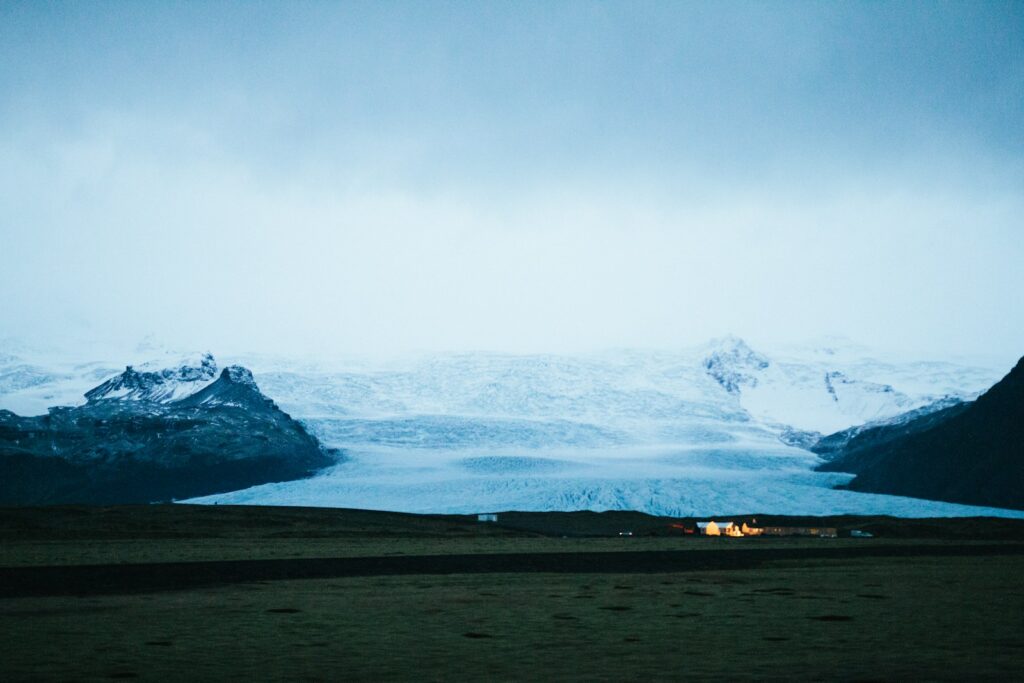
While proper preparation often eliminates the need for supplementary heat sources, several options exist for safely adding warmth to winter camping situations. Chemical heat packs activated by exposure to air provide localized warmth for hands, feet, or placement inside sleeping bags, typically lasting 8-10 hours. Purpose-designed tent-safe candle lanterns like the UCO Candlelier generate surprising amounts of heat while providing light, though they require careful placement and ventilation. For larger tents or extended stays, portable wood stoves with proper chimney setups can be used in specially designed hot tents with stove jacks, creating a remarkably comfortable shelter even in extreme conditions. Battery-powered heated clothing and sleeping bag accessories have advanced significantly, with heated vests, socks, and insoles offering targeted warmth for vulnerable areas. Regardless of the heating method chosen, always prioritize safety with appropriate carbon monoxide detectors if using combustion heaters, adequate ventilation, and clear understanding of fire risks associated with any heating system used in the confined space of a tent.
Winter-Specific Camping Gear Innovations
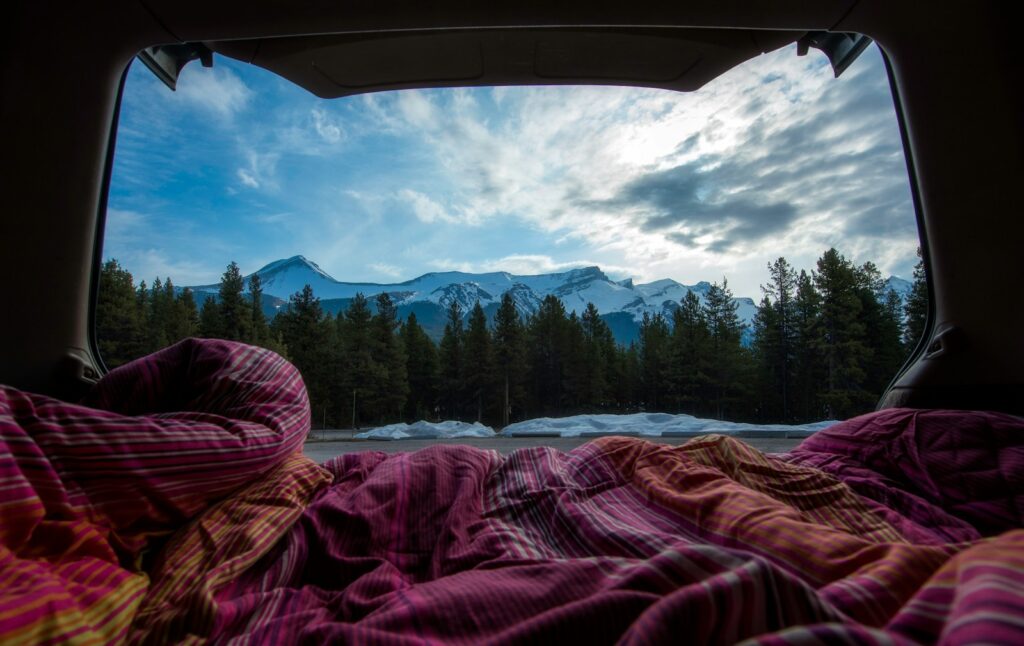
Modern outdoor equipment offers specialized innovations specifically engineered for winter camping comfort. Four-season tents feature stronger pole structures to withstand snow loading, minimal mesh panels to retain heat, and extended rain flies that reach the ground to block wind. Dedicated winter stoves include pressure regulators and liquid fuel options that perform reliably in sub-freezing temperatures, unlike standard canister stoves that lose efficiency as temperatures drop. Insulated food and water storage solutions prevent freezing, while reflective emergency blankets can line tent ceilings to redirect radiant body heat back toward occupants. Battery-powered gear requires special consideration, as cold temperatures dramatically reduce battery life—keeping devices and spare batteries in sleeping bags or inner pockets ensures they remain functional when needed. Technical advances in fabrics have produced remarkable insulated jackets weighing mere ounces while providing exceptional warmth, and developments in vapor barrier liners allow moisture management even in extreme conditions. Investing in quality winter-specific gear often means the difference between an enjoyable experience and a potentially dangerous situation when camping in winter parks.
Physical Activity and Circulation Techniques
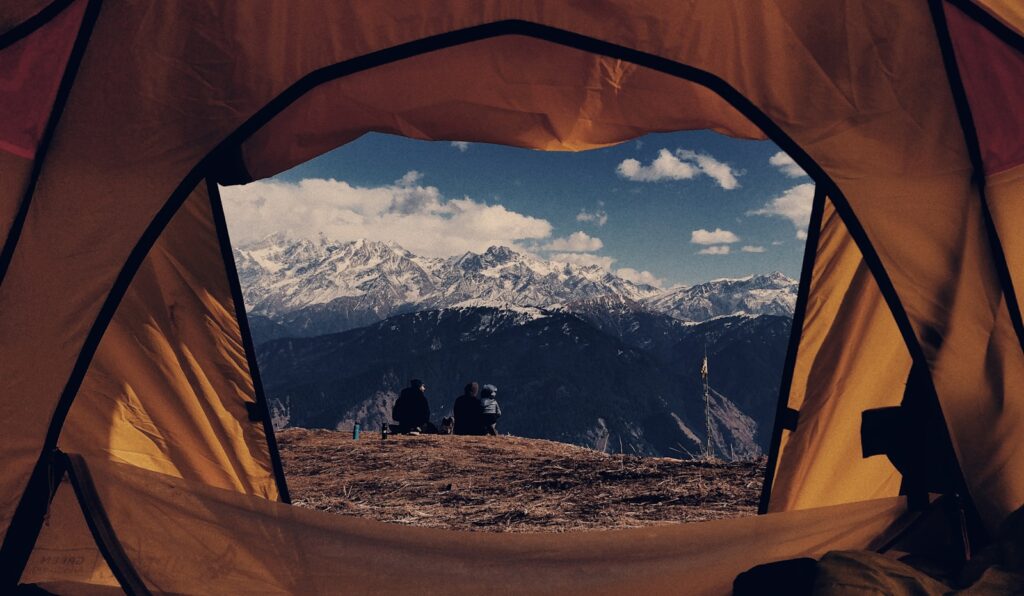
Strategic physical activity serves as one of the most effective warming methods during winter camping, as muscle contraction generates significant heat. Before retiring to your sleeping bag, perform jumping jacks, squats, or brisk walking to raise your core temperature, making it easier for your sleeping bag to maintain that warmth. Throughout the day, schedule regular movement breaks if engaged in stationary activities like fishing or wildlife observation, as sitting still quickly leads to dropping body temperature. Simple isometric exercises performed inside your sleeping bag can generate warming heat without requiring you to face the cold air—tensing and releasing major muscle groups for several minutes creates noticeable warmth. Circulation-boosting techniques like light self-massage of extremities, alternating contraction and relaxation of muscles, and proper arm positioning that avoids blood flow restriction all help maintain warmth in fingers and toes. Remember that sweating from overly vigorous activity can lead to dangerous cooling once the activity stops, so aim for sustainable exertion that generates heat without producing excessive perspiration.
Emergency Warming Methods
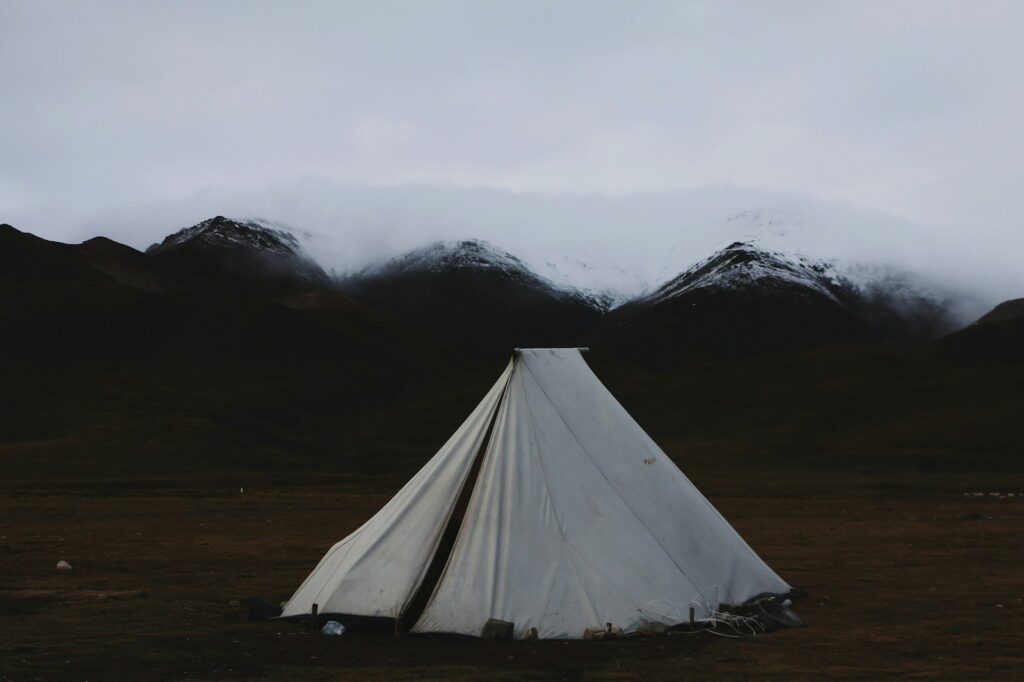
Every winter camper should understand emergency warming techniques that could prove life-saving in unexpected situations. Constructing an emergency snow shelter like a quinzee (hollowed snow mound) or snow cave can provide surprisingly effective insulation when tent systems fail, as snow’s air pockets create excellent insulation when properly constructed. Recognizing early signs of hypothermia—including shivering, confusion, and fumbling hands—allows for intervention before the condition becomes severe. The “buddy system” of warming involves direct sharing of body heat, with two people in a single sleeping bag generating significantly more warmth than individual setups. Chemical heat packs strategically placed near major blood vessels (wrists, neck, groin, armpits) efficiently transfer heat throughout the body’s core. Fire-starting skills become particularly crucial in winter emergencies, requiring practice with multiple methods and waterproof storage of fire-starting materials. Every winter camping kit should include emergency signaling devices, high-calorie emergency rations, and lightweight space blankets that can reflect up to 90% of radiated body heat when wrapped around a person or used as a shelter liner.
Managing Moisture—The Silent Heat Thief
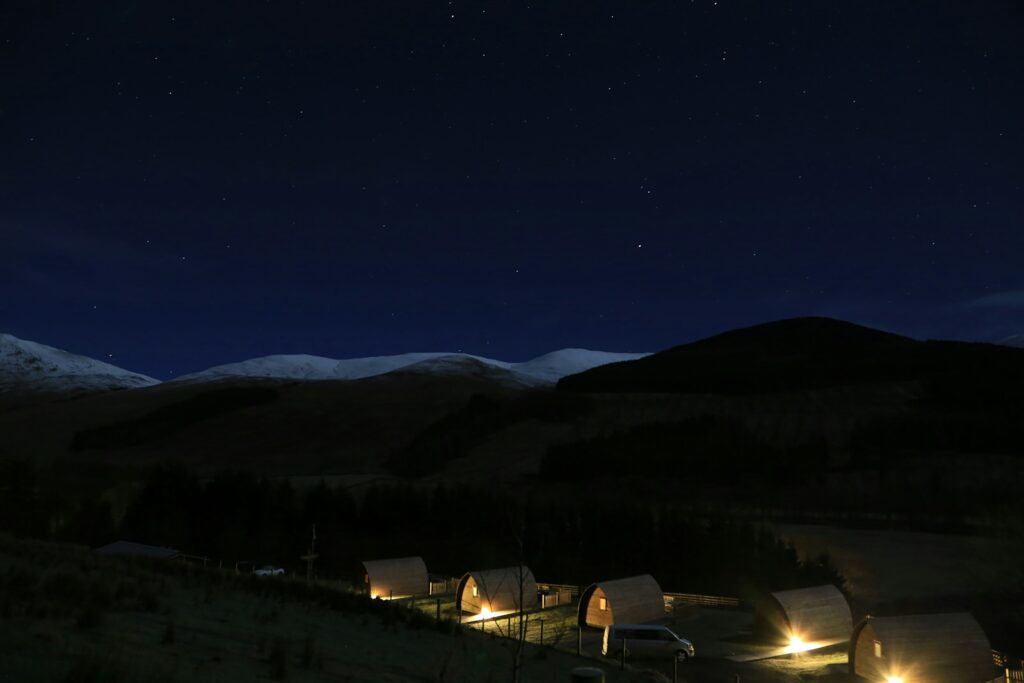
Moisture management represents perhaps the most underappreciated aspect of staying warm in winter conditions, as wet clothing can conduct heat away from your body up to 25 times faster than dry clothing. External moisture from snow and precipitation presents obvious challenges, but internal moisture from perspiration often poses a more insidious threat. Ventilation becomes counterintuitive but critical—periodically unzipping layers during activity prevents sweat buildup, even though it temporarily feels colder. Before sleeping, change into dedicated dry sleeping clothes that haven’t been worn during the day, storing them in your sleeping bag during daytime hours to ensure they remain completely dry. Inside your tent, minimize introducing moisture by brushing snow from clothing and gear before entering, and use a dedicated area for wet items, ideally in a vestibule rather than the main sleeping area. Overnight, keep water bottles closed and breathe through a thin buff or bandana to capture respiratory moisture that would otherwise increase humidity inside the tent. Some extreme cold-weather campers employ vapor barrier liners—non-breathable layers worn between base and insulating layers—that prevent sweat from reaching and dampening insulation, though this advanced technique requires practice to master effectively.
Winter Camping Etiquette and Park Regulations
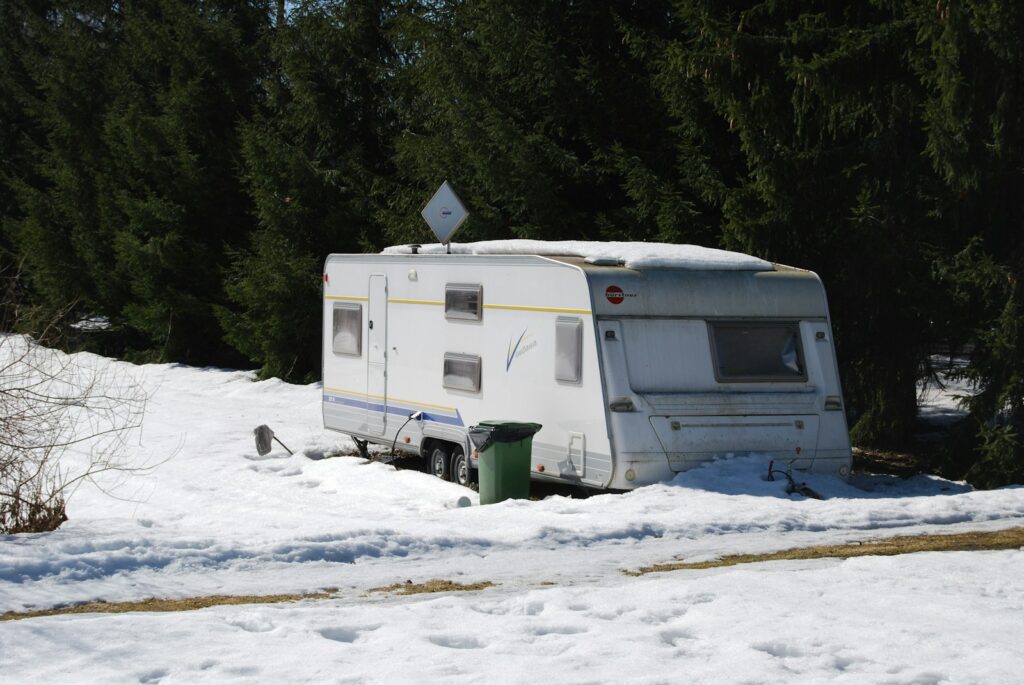
When camping in winter parks, understanding and following specific regulations ensures both your safety and the preservation of these special environments. Many parks implement special winter camping policies, including requirements for proper waste management when ground is frozen, restrictions on campfire locations, and designated winter routes that may differ from summer trails. Backcountry camping often requires special winter permits with contingency plans and emergency contact protocols specific to cold-weather conditions. Before venturing out, check if your chosen park provides emergency shelters or warming huts along winter routes, as these can be crucial safety resources during unexpected weather changes. Practice Leave No Trace principles adapted for winter conditions, such as camping on durable surfaces (deep snow or designated sites), proper disposal of human waste considering frozen ground conditions, and minimizing campfire impacts in sensitive winter ecosystems. Many parks offer winter-specific ranger programs and safety briefings that provide valuable local knowledge about conditions, wildlife considerations, and area-specific regulations that enhance both safety and enjoyment of winter camping experiences.
Psychological Aspects of Winter Warmth
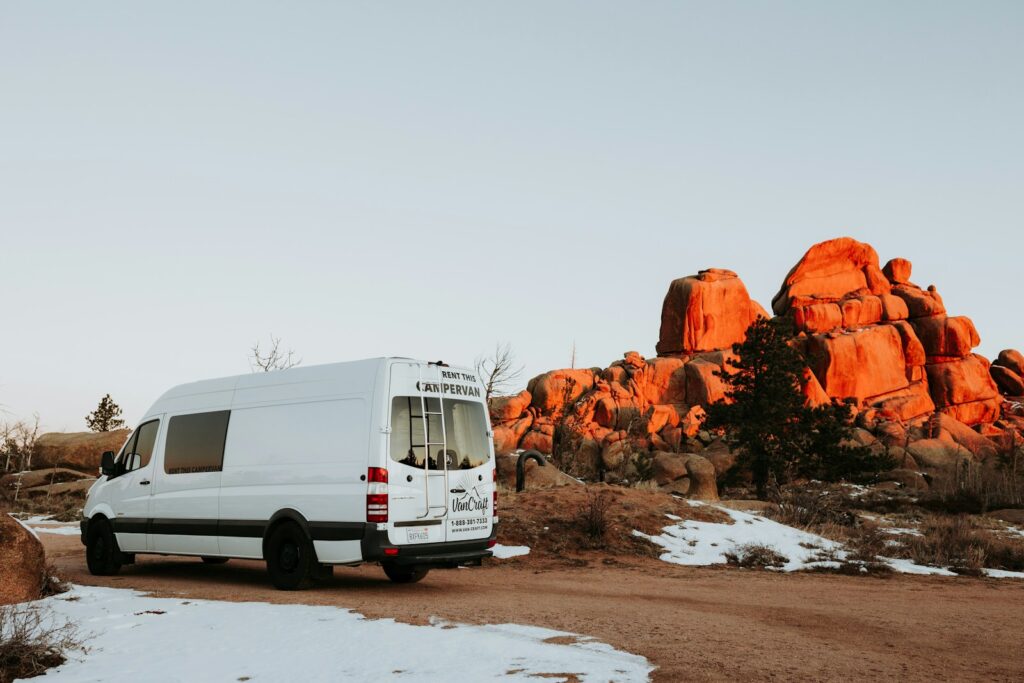
The mind plays a powerful role in cold weather comfort, with psychological factors significantly influencing your perception of temperature and overall camping experience. Maintaining a positive attitude toward cold conditions actually improves physiological cold tolerance through reduced stress hormone production, which otherwise constricts peripheral blood vessels and increases cold sensitivity. Practicing mindfulness techniques focused on warming imagery can trigger measurable changes in peripheral body temperature, as demonstrated in numerous studies of meditative practices like g-tummo meditation used by Tibetan monks to raise body temperature. Setting realistic expectations before your trip establishes appropriate mental preparation, eliminating the stress that comes from unmet expectations of comfort. Social connections provide both psychological comfort and practical benefits—group camping allows shared body heat in communal areas and distributed carrying of warming resources like extra fuel. Winter’s unique sensory experiences—from the distinctive silence of snow-covered landscapes to the crystalline clarity of star-filled skies—offer powerful psychological rewards that counterbalance physical challenges, creating deeply meaningful outdoor experiences that many find worth the additional effort required to stay warm in winter’s embrace.
Conclusion
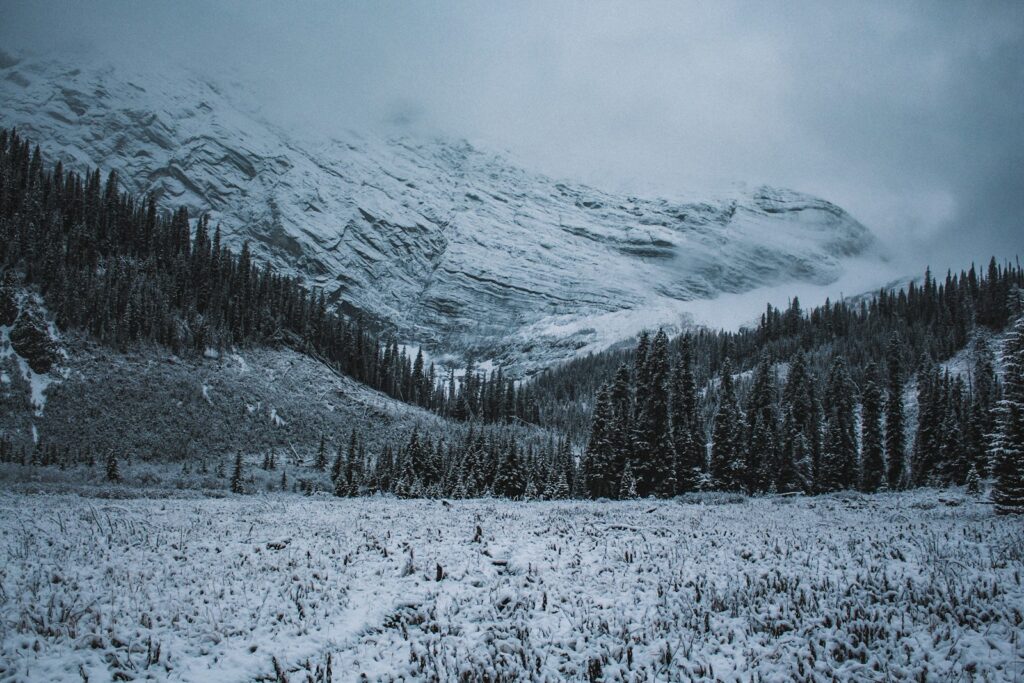
Winter camping in parks offers extraordinary experiences unavailable to fair-weather outdoors enthusiasts—solitude among snow-draped landscapes, pristine conditions, and a profound connection with nature’s seasonal rhythms. By implementing proper layering strategies, selecting appropriate gear, managing moisture effectively, and understanding your body’s response to cold, you can transform potentially challenging conditions into comfortable and rewarding adventures. The skills developed through winter camping build confidence and self-reliance that extend well beyond outdoor recreation, creating resilience applicable to many of life’s challenges. With thorough preparation and respect for winter’s power, cold-weather camping reveals natural wonders and personal capabilities that remain hidden during warmer months, offering some of the most memorable and meaningful outdoor experiences available to those willing to embrace winter’s unique beauty.

